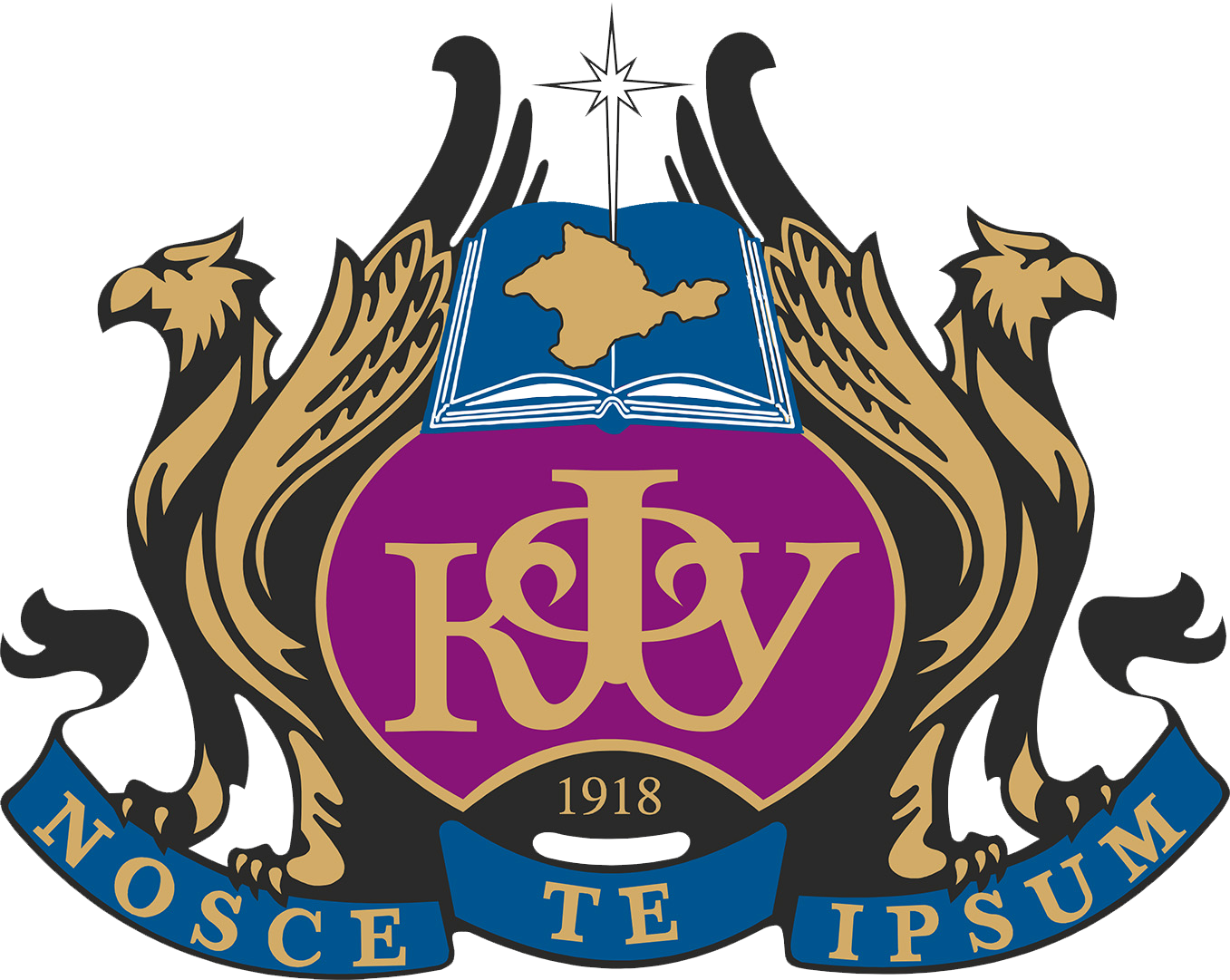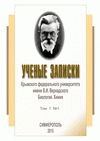The article discusses the reactivity of the respiratory system to low and submaximal intensity loads in highly skilled athletes aged 22–46 years training aerobic endurance and in athletes aged 17–26 years training strength qualities. High reactivity of the respiratory system to low loads and a decrease in the response to submaximal intensity loads were found in highly skilled athletes aged 17–18 years training aerobic endurance and in athletes aged 40–46 years training strength qualities, which in the former does not reduce the effectiveness of the ventilatory response. In highly skilled athletes aged 40–46 years, a relative limitation of the ventilatory response to submaximal loads was revealed, which is more pronounced in representatives of strength sports. Thus, our study of ventilatory responses in highly qualified athletes aged 17–46 years to stimuli of varying strength, which was physical activity of varying intensity, allowed us to identify two types of response: the first type – low reactivity to low intensity load (weak stimulus) and high reactivity to submaximal load (strong stimulus) – was typical for 22–46-year-old athletes in the “endurance” group, 17–26 year old group “strength”; the second type – high reactivity to a weak stimulus and a decrease in response to a high-intensity stimulus – was characteristic of 17–18 year old highly qualified athletes of the “endurance” group and 40–46 year old highly qualified athletes of the “strength” group. Thus, for most groups of athletes, the reaction of the first type was typical. Low reactivity of the respiratory system to low-intensity loads and high reactivity to loads of submaximal intensity were revealed in highly qualified athletes of the “endurance” group, 22–46 years old, and the “strength” group, 17–26 years old. On the contrary, a high reactivity of the respiratory system to a low load and a decreased response to a load of submaximal intensity were detected in the “endurance” group of 17–18 years old and the “strength” group of 40–46 years old. In highly qualified athletes aged 40–46 years, a relative limitation of the ventilatory response to submaximal load was revealed, which was more pronounced in the “strength” group. An increase in pulmonary ventilation in highly qualified athletes in the “strength” group is ensured by an increase in tidal volume in comparison with athletes in the “endurance” group, in whom pulmonary ventilation increases with a significant increase in respiratory rate. In the “strength” group, the efficiency of the ventilatory response to submaximal load (compared to the “endurance” group) is lower, which is due to a significant increase in the amount of ventilated air required for the release of CO2 and indicates an increase in the activity of glycolysis, which, obviously, is a manifestation of the specificity of long-term adaptation in kettlebell lifting.
reactivity, respiratory system, highly skilled athletes, a wide age range
1. Iordanskaya F. A. Muzhchina i zhenschina v sporte vysshih dostizheniy (problemy polovogo dimorfizma) / F. A. Iordanskaya – M., 2012. – 256 s.
2. Ochered'ko B. Vliyanie zdorov'ya i social'nyh faktorov na sportivnoe dolgoletie / B. Ochered'ko, O. Shinkaruk // Nauka v olimpiyskom sporte. – 2004. – vyp. 1. – S. 108–115.
3. Bernardo A. Effects of hypertension and exercise on cardiac proteome remodeling / A. Bernardo, Petriz and Octavio L. Franco // BioMed Research International. – 2014. –vyp. 63. – R. 32–41.
4. Kuipou-Kenfack E. N. Proteome analysis in the assessment of ageing / E. N. Kuipou-Kenfack, T. Koeck, H. Mischak, A. Pich, J. P. Schanstra, P. Z'rbig, B. Schumacher // Ageing Research Reviews. – 2014. –№18.
5. Lysenko E. N. Fiziologicheskaya reaktivnost' i osobennosti mobilizacii funkcional'nyh vozmozhnostey vysokokvalificirovannyh sportsmenov / E. N. Lysenko
6. Mischenko V. S. Optimizaciya reaktivnosti sistemy dyhaniya v proces se adaptacii k napryazhennoy myschechnoy deyatel'nosti / V. S. Mischenko // Puti optimizacii funkcii dyhaniya pri nagruzkah
7. Mіschenko V. S. Tipi fіzіologіchnoї reaktivnostі sistemi dihannya і specifіka proyavu specіal'noї pracezdatnostі sportsmenіv / V. S. Mіschenko, O. M. Lisenko, V. Є. Vinogradov // Fіzіologіchniy zhurnal. – 2006.
8. Kolchinskaya A. Z. Sistema dyhaniya, gipoksiya i vozrast / A. Z. Kolchinskaya // Fiziologicheskiy zhurnal. – 1981. – T. 27, vyp. 3. – S. 419–425.
9. Berezovskiy V. A. Ventilyatornyy otvet na giperkapnicheskiy stimul, kak pokazatel' reaktivnosti sistemy dyhaniya cheloveka / V. A. Berezovskiy,T. V. Serebrovskaya //Fiziologicheskiy zhurnal.
10. Man'kovskaya I. N. Vozrastnye osobennosti razvitiya gipoksii skeletnyh myshc pri ostroy gipoksicheskoy gipoksii / I. N. Man'kovskaya, M. M. Filippov // Fiziologicheskiy zhurnal. – 1982.
11. Agadzhanyan N. A. Osobennosti adaptivnyh reakciy kardiorespiratornoy sistemy u lic s razlichnym urovnem legochnoy ventilyacii pri sochetannom vozdeystvii gipoksii i giperkapnii
12. Shik L. L. Upravlenie ventilyaciey legkogo pri myshechnoy nagruzke u zdorovyh netrenirovannyh lic/L. L. Shik, R. S. Vinnickaya,T. A.Hanlarova // Fiziologicheskiy zhurnal.–1987.–T. 33, vyp. 3. – S. 3–7.
13. Chebotarev D. F. Osobennosti anaerobnogo energoobespecheniya fizicheskoy nagruzki v razlichnye vozrastnye periody / D. F. Chebotarev, O. V. Korkushko, Yu. T. Yaroshenko // Fiziologicheskiy
14. Suzdal'nickiy R. S. Specificheskie izmeneniya v metabolizme sportsmenov, treniruyuschihsya v raznyh bioenergeticheskih rezhimah v otvet na standartnuyu nagruzku / R. S. Suzdal'nickiy
15. Mischenko V. S.Reaktivnye svoystva kardiorespiratornoy sistemy kak otrazhenie adaptacii k napryazhennoy fizicheskoy trenirovke v sporte/V. S. Mischenko, E. N. Lysenko, V. E. Vinogradav–Kiїv., 2007.





